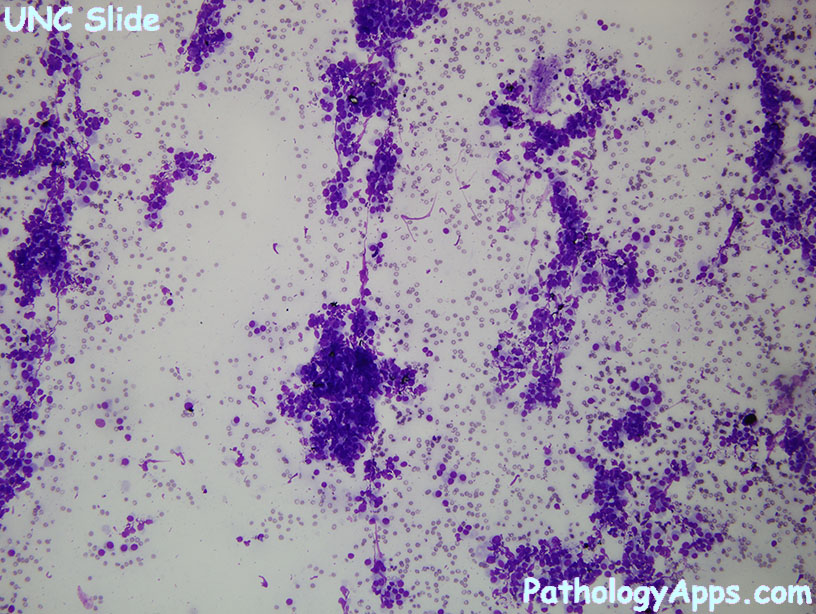

They do, however, have receptors for somatostatin. PET scans are very good at shining a searchlight on glucose-hungry tumors but the challenge with neuroendocrine tumors is they often don't consume much glucose. The PET scan can then identify areas of the body that are consuming glucose at an abnormally high consuming glucose at an abnormally high rate and pinpoint the tumor. All cells use glucose as an energy source and many cancer cells become glucose gobblers as they grow faster than normal healthy cells. PET imaging can then "see" where the tracer is going. Typically, with a PET scan, the patient is injected with a small, safe amount of radioactive glucose as a tracer. Netspot piggybacks dotatate molecules with gallium-68, a safe radioactive tracer that can be detected and clearly visualized using PET (positron emission tomography) scans. This is a look alike for a hormone (somatostatin) that binds to receptors on NET call surfaces. Netspot's masterstroke is to utilize a molecule called dotatate. Both Octreoscan and MIBG can successfully identify different types of neuroendocrine tumors but do not always provide the detail required to make important disease management decisions, and both deliver a relatively high dose of radiation to the patient.

The other is the Octreoscan, which uses an agent called octreotide that binds to specific tumors and will "light up" the tumor when scanned. One is MIBG (metaiodobenzylguanidine), which yields low quality images. Until now, radiologists have had two scans in their arsenal for detecting neuroendocrine tumors, in addition to the CT scan. This is a game changer for the patient," says Nishant Verma, M.D., a nuclear medicine specialty radiologist with Southwest Medical Imaging, one of the first practices in the Southwest to offer Netspot." "Because (NetSpot) has a higher sensitivity for neuroendocrine tumors, you have a much better chance of finding an isolated tumor. Last year, a scan debuted that's significantly better at pinpointing, measuring and monitoring neuroendocrine tumors than any previous technique.

If Jobs had been diagnosed in 2017 instead of 2003 its possible his story could have unfolded differently. Unfortunately, that was not the case with Steve Jobs. So its essential to diagnose these "zebra diseases" as early as possible. But others can quietly enlarge and spread (metastasize) without immediately causing symptoms. But what if this one time it is a zebra? NETs arise from hormone-producing cells in various organs. In medicine, you sometimes hear the expression, "When you hear hoof beats think horses not zebras," meaning rare disease are rare and it's the common diseases that doctors should expect to encounter. are diagnosed with this cancer each year. When a biopsy later revealed it was actually a neuroendocrine tumor, his physicians were actually relieved, Jobs later said.

Swift and deadly, pancreatic cancer snatches lives like a thief in the night. In 2003, Apple CEO Steve Jobs was getting a routine CT scan when his doctors discovered a tumor in his pancreas.


 0 kommentar(er)
0 kommentar(er)
